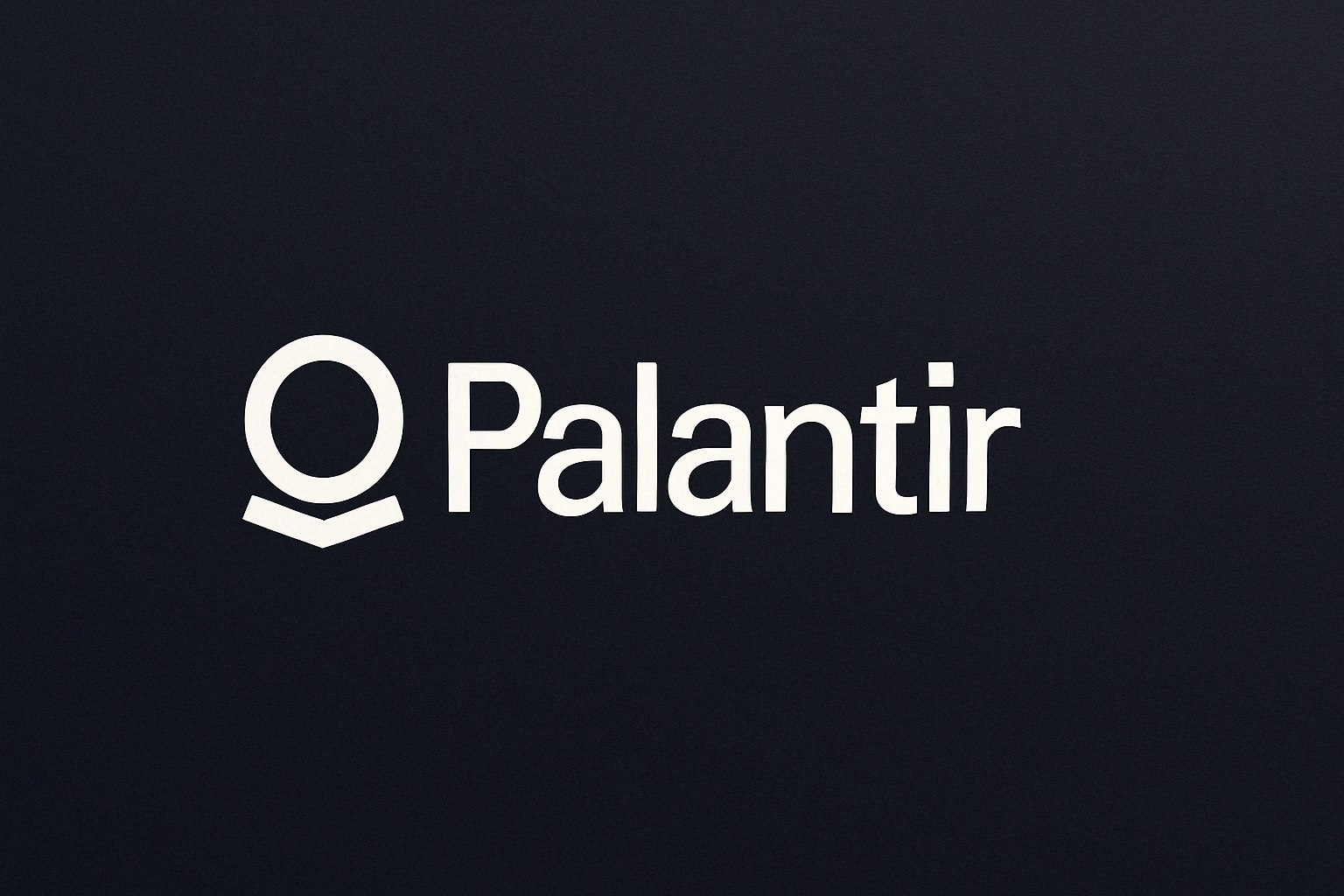Palantir Technologies experienced a significant increase in its stock value today after announcing the launch of its latest AI-powered data analytics platform.
The company, known for its innovative data integration and analytics solutions, has been under close investor scrutiny lately due to fluctuating market performance and the growing demand for advanced AI tools in enterprise settings.
The recent announcement reveals Palantir’s new platform, designed to harness the latest artificial intelligence capabilities to provide more efficient, scalable, and insightful data analysis for large organizations.
This new development is expected to enhance Palantir’s competitive edge in both government and commercial sectors, potentially leading to increased contracts and revenue streams.
Market analysts have responded positively to the news, suggesting that the platform could significantly improve Palantir’s market share and profitability in the coming quarters. The company’s stock saw an immediate rise of over 7% following the announcement, reflecting investor optimism about the company’s strategic direction.
Looking ahead, investors and industry watchers will be paying close attention to upcoming earnings reports, customer adoption rates, and potential new partnerships that could further solidify Palantir’s position in the rapidly evolving AI and data analytics market.
What are the key features of Palantir’s new AI platform?
Palantir’s latest AI platform integrates advanced machine learning algorithms with user-friendly dashboards, enabling organizations to derive actionable insights from complex data sets quickly and accurately.
How might this launch impact Palantir’s financial performance?
If the platform gains widespread adoption, it could lead to higher revenues, increased market share, and improved profit margins, boosting overall financial performance.
What risks or challenges could affect the platform’s success?
Challenges include potential competition from other tech giants, integration issues with existing client systems, and the need for continuous innovation to stay ahead in the fast-paced AI industry.







